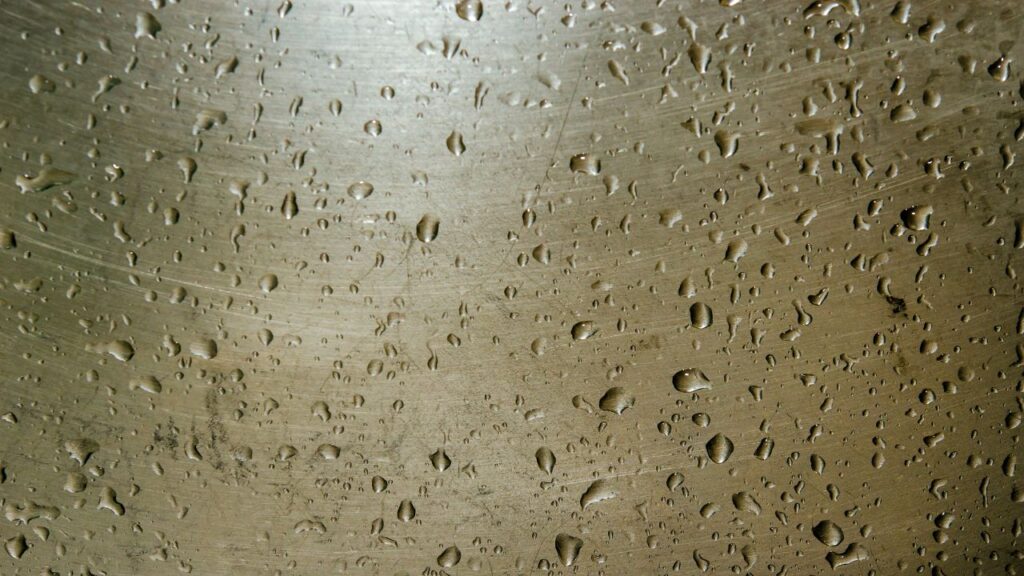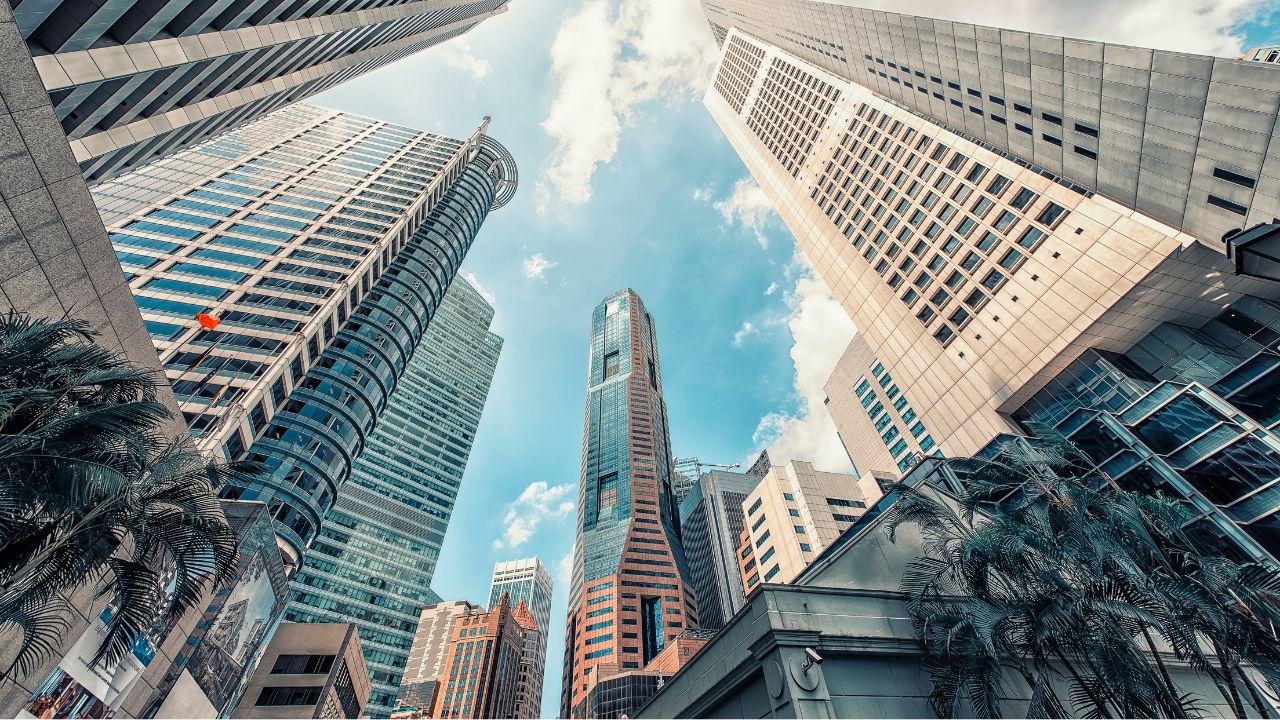1. High Ambient Humidity in Singapore
Singapore experiences consistently high humidity levels, often above 80%, throughout the year. When cold air flows through supply ducts and grilles, the surrounding moist air can condense on cooler surfaces, particularly if:
- The surface temperature of the duct or grille falls below the dew point.
- There is insufficient insulation on cold ducts.
- There is air leakage, allowing cold air to mix with warm humid air.
2. Inadequate or Damaged Duct Insulation
In compliance with SS 553:2016, all chilled air supply ducts must be insulated properly to prevent condensation. Common issues include:
- Thin or low-quality insulation.
- Gaps in insulation at joints, hangers, or elbows.
- Compromised vapor barrier, which allows moisture ingress into the insulation.
Without proper insulation and a sealed vapor barrier, warm air reaches the cold duct surface, causing visible sweating or dripping.
3. Air Leakage from Ducts or Grilles
If ducts or grilles are not sealed properly, cold air can escape into the ceiling void or room, where it meets humid air and condenses. Common causes:
- Loose grille connections.
- Poorly sealed duct joints or flexible duct collars.
- Leaky damper controls or access panels.
This is especially problematic in return air plenum designs, where humid ceiling void air circulates freely.
4. Oversized or Undersized Grilles
Incorrect grille sizing can result in:
- Low air velocity, leading to cold air pooling on the surface of the grille.
- Poor air throw, which fails to distribute cold air properly, creating cold zones that attract moisture.
This issue is often found in retrofits or poorly balanced systems, especially in ceiling cassette or ducted FCU installations.
5. Indoor Air Imbalance or Poor Dehumidification
If your air-conditioning system lacks proper humidity control, the indoor air may remain too humid, even if the temperature is low. Causes include:
- Undersized systems running at low duty cycles (not long enough to dehumidify).
- Fan coil units without dedicated reheat/dehumidification modes.
- Incorrect fresh air intake rates or poor condensate drainage.
This is particularly problematic in high-load zones like gyms, kitchens, or lobbies with automatic doors.
How to Fix or Prevent Duct & Grille Condensation in Singapore
- Ensure all cold ducts are insulated with closed-cell insulation (minimum 25 mm) and fully sealed vapor barriers.
- Use anti-condensation coatings or insulated supply grilles in humid zones.
- Maintain indoor RH below 65%, as per SS 553 recommendation.
- Design air distribution for proper velocity and throw – avoid oversizing grilles.
- Ensure air balancing and correct fresh air ratios.
Conclusion
Condensation on ducts and grilles in Singapore is often the result of poor insulation, air leakage, or high humidity, all worsened by the island’s tropical climate. Prevention begins with proper design, installation, and commissioning following Singapore Standards (SS 553) and international ducting guidelines (e.g., DW144). Addressing the root cause protects not just comfort, but also avoids mould growth, water damage, and system inefficiencies.




